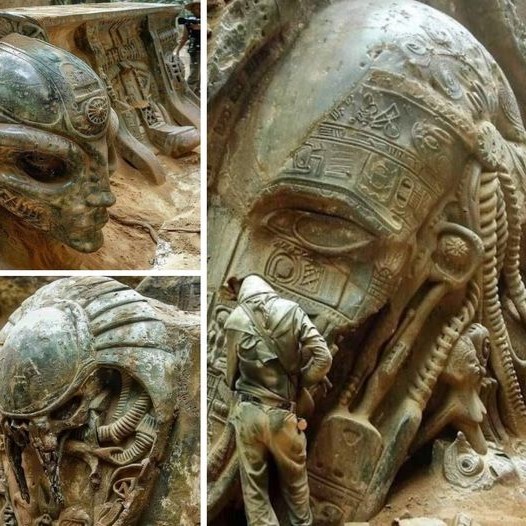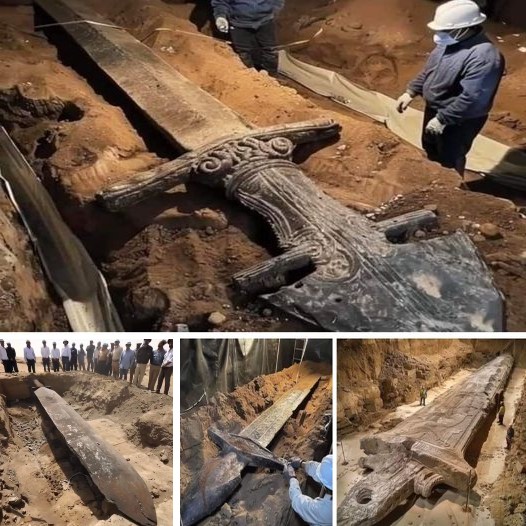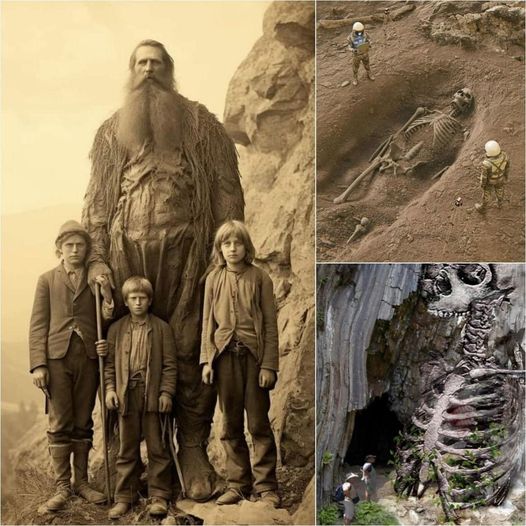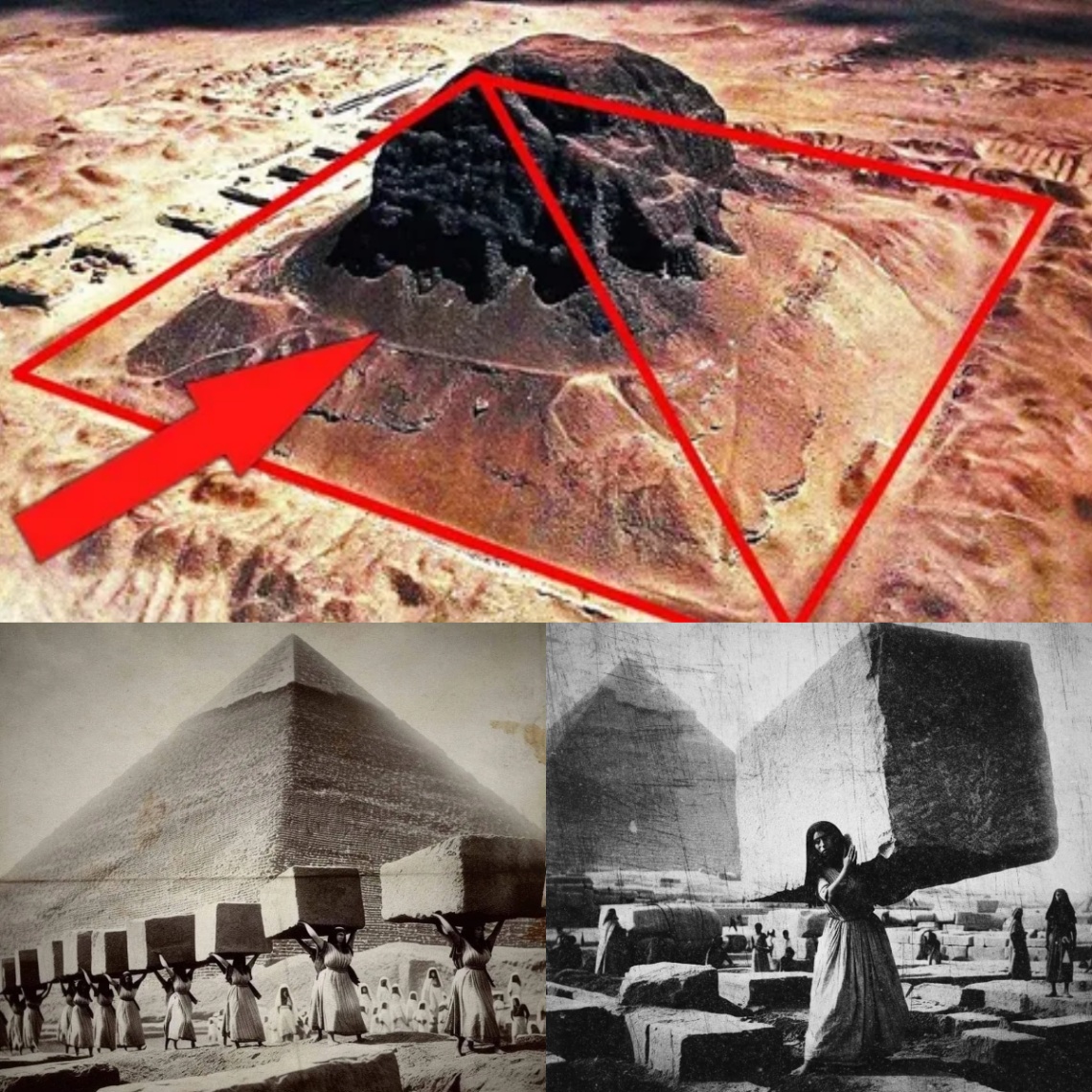The James Webb Space Telescope (JWST) is a marvel of engineering and science that has been orbiting the Sun-Earth L2 Lagrange point since January 2022. It is the largest and most powerful optical telescope in space, with a primary mirror of 6.5 meters in diameter and four sophisticated instruments that can observe the infrared spectrum. The JWST’s main goals are to explore the origins of the universe, the formation of galaxies and stars, and the atmospheres of exoplanets.
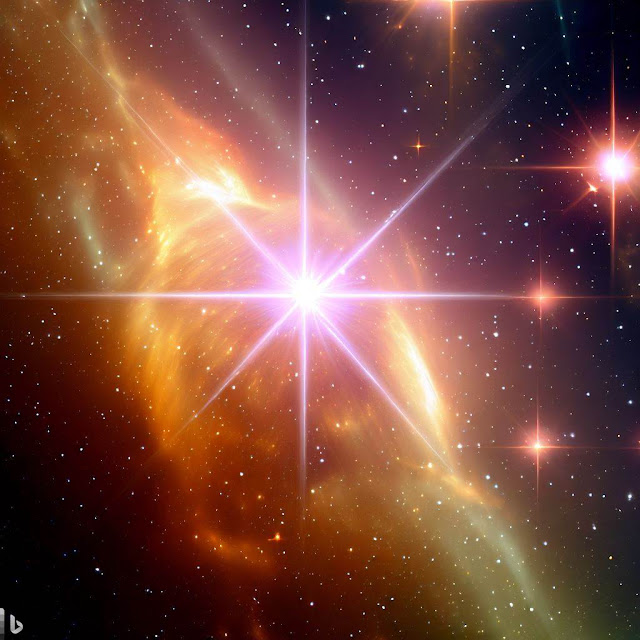
A new discovery: supermassive stars
One of the most exciting discoveries made by the JWST so far is the detection of signs of “supermassive stars” of unusual dimensions in the early universe. These are stars that are much larger and more massive than any known star today, with masses ranging from hundreds to thousands of times that of the Sun. They are thought to have formed in the first few hundred million years after the Big Bang, when the universe was still filled with pristine gas that had not been enriched by heavier elements from previous generations of stars.
How did the JWST find them?
The JWST used its Near Infrared Camera (NIRCam) and Near Infrared Spectrograph (NIRSpec) to observe a region of the sky that contains some of the most distant and faint galaxies ever seen. These galaxies are so far away that their light has been traveling for more than 13 billion years, reaching us when the universe was only about 500 million years old. By analyzing the spectra of these galaxies, the JWST team was able to infer the presence of supermassive stars based on their distinctive signatures.
Why are they important?
Supermassive stars are important for several reasons. First, they are likely to be the progenitors of the first black holes in the universe, which may have grown into the supermassive black holes that power quasars and active galactic nuclei. Second, they may have played a key role in re-ionizing the universe, a process that ended the cosmic dark ages and made the intergalactic medium transparent to light. Third, they may have enriched their surroundings with heavy elements through supernova explosions or stellar winds, influencing the chemical evolution of subsequent generations of stars and planets.
What are the challenges and opportunities?
The detection of supermassive stars is not without challenges. The JWST team had to overcome several difficulties, such as separating their signals from those of other sources, correcting for dust extinction and gravitational lensing effects, and estimating their masses and ages with uncertainties. Moreover, supermassive stars are expected to be very rare and short-lived, making them difficult to find and study in detail.
However, the JWST also offers unprecedented opportunities to learn more about these elusive objects. The JWST has a much higher sensitivity and resolution than any previous infrared telescope, allowing it to probe deeper into the early universe and resolve individual sources within distant galaxies. The JWST also has a wide range of wavelengths and modes that can provide complementary information about supermassive stars, such as their temperatures, luminosities, spectra, environments, and feedback effects.
The JWST team plans to continue searching for more evidence of supermassive stars in other regions of the sky and at different redshifts. They also hope to collaborate with other observatories, such as ALMA and SKA, to obtain multi-wavelength data that can enhance their understanding of these fascinating phenomena. The discovery of supermassive stars is just one example of how the JWST is opening new windows into the cosmic history and revealing secrets that have been hidden for billions of years.

